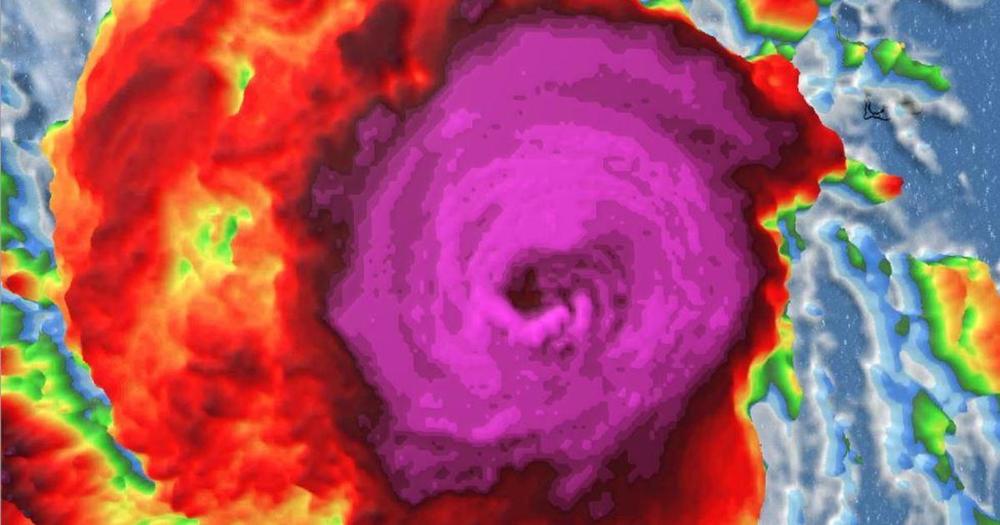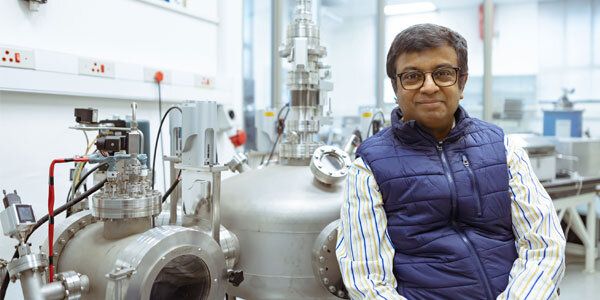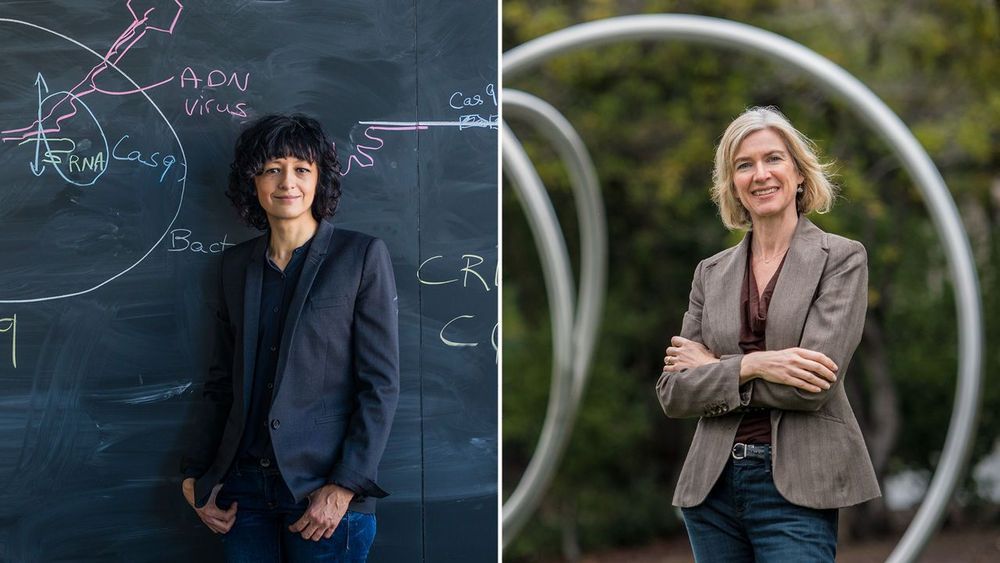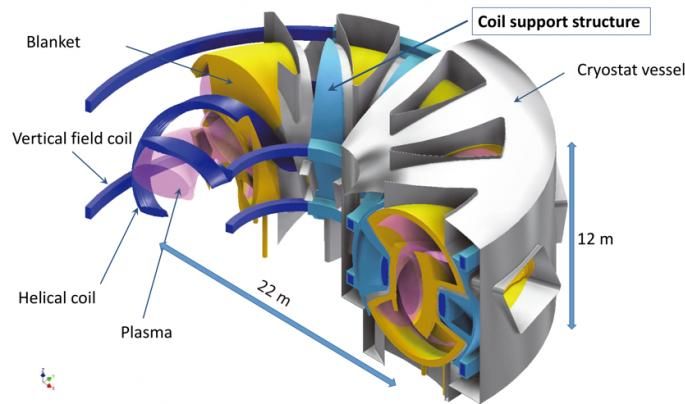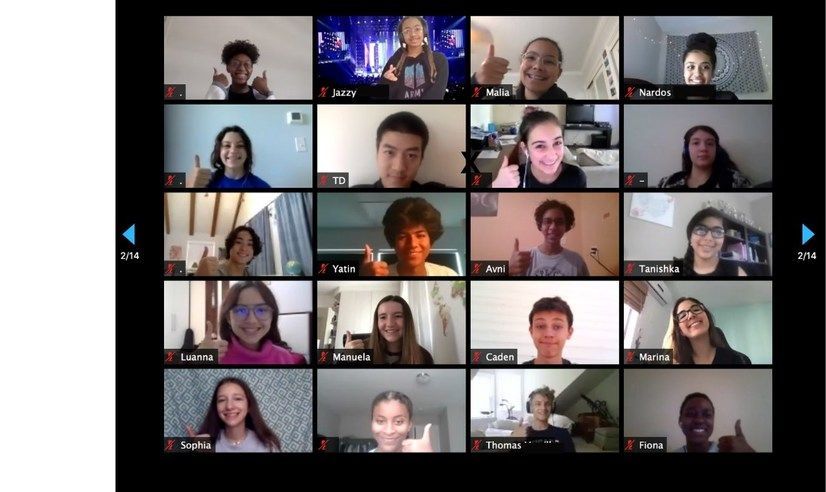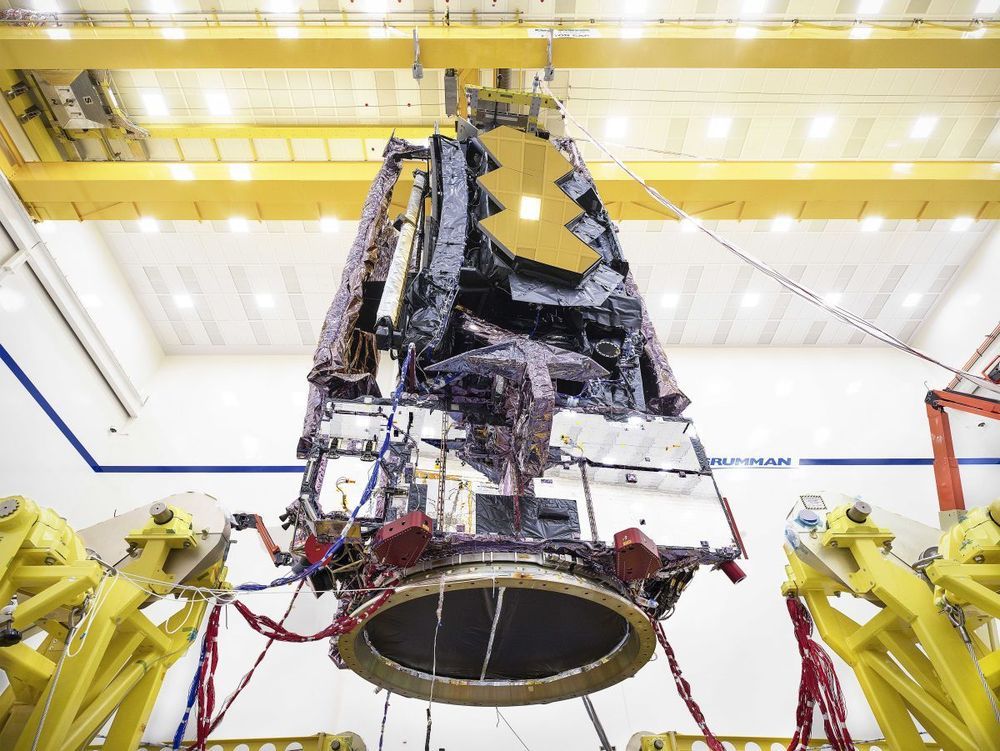Oct 7, 2020
Hurricane Delta bears striking resemblance to Wilma, the Atlantic’s most intense hurricane on record
Posted by Quinn Sena in category: climatology
But in the upper levels, we tend to see the opposite, clockwise spin, which is called a ridge of high pressure. That key component above storms like Delta allows rising air to leave at the top of the storm and flow outward away from the center, known as a chimney effect. It operates like a vacuum and keeps a storm’s engine cycling.
But perhaps the most astonishing similarity to Wilma is Delta’s extremely small eye, which is only 4 miles across. Wilma had the smallest eye on record in the Atlantic — 2.3 miles in diameter. Meteorologists believe this is a key reason Wilma was able to become so strong, so fast.
The science is rather simple: The smaller the eye, the faster the winds can circulate around the center.
